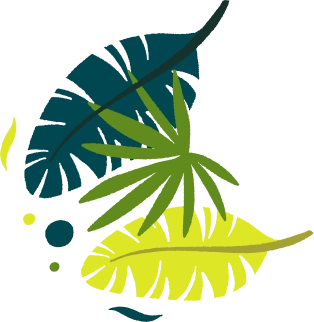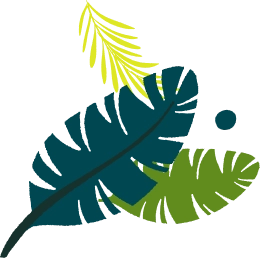


Ke Bang refers to the limestone mountain range situated in Quang Binh province, specifically in Phong Nha town, Bo Trach district. This expansive limestone formation is a prominent feature of the area.
The Phong Nha-Ke Bang National Park per se is a part of it and has been declared a UNESCO World Heritage Site because of its karst landforms and main cave systems extending within its boundary, including the world's largest caves, the Son Doong cave and Hang Pygmy Cave.
Ke Bang represents several million years of geological evolution. The whole world has karst mountains dating 400 million years. Because of erosion and, therefore, natural processes, the place has cave systems, underground rivers, and very magnificent limestones.
Ke Bang became famous not only for the importance of this site in geology but also for rich biodiversity: it inhabits more than 2,500 species of flora and many rare fauna among which are the endangered species of saola, Hatinh langur, and different bat species. It makes the park a very important area in terms of conservation both in Vietnam and Southeast Asia.
Phong Nha Cave: Most accessible and one of the most major caves in the park, containing stalactites, stalagmites, and subterranean rivers running through, hence attracting quite a large number of tourists each year.
Son Doong Cave: Situated in Ke Bang, this cave is the most magnificent in the world. The visit to this cave would be the lifetime experience; yet it needs good physique and also requisite permission for this arduous journey.
Paradise Cave: This forms the other wonder spot. The formation of Paradise Cave was quite appealing and hence rated higher among the many beautiful caves in the park.
Hang Pygmy Cave: Hang Pygmy in Quang Binh Province, Vietnam is the fourth largest cave in the world. It's known for its stunning underground chambers, vast jungle entrance, and unique adventure trekking opportunities
The best time to visit Ke Bang is between the months of February and August because during this time, the weather is arid and hence favorable. Secondly, local guides should be employed because they are in a good position to understand the local topography; besides, proper equipment should be carried to counter any hiking in the caves.
Ke Bang is not all about nature; it contributes culturally to the life of the locals, where many ethnic groups reside within its vicinity, including Bru-Van Kieu, an ethnic group with a rich tradition adding to the richness in the local heritage respective to their custom and way of life.
With such huge ecological and geological importance, Ke Bang has to bear up with human enterprise and environmental hazard challenges. The conservation programs oriented for the protection of caves and wildlife also encompass sustainable tourism practices which would help in maintaining the natural wonder.
What does Ke Bang mean?
Its name "Ke Bang" comes from its region with an extremely complex area in rich biodiversity, nested in the Quang Binh province.
Why is Phong Nha-Ke Bang so famous?
It contains ancient karst, a really diverse ecosystem, and the world's largest cave: Son Doong.
How to visit Son Doong Cave?
It takes a permit, being physically fit, and joining a recognized expedition tour to visit Son Doong.
Which period is the best to visit Ke Bang?
The best time is from February to August of the year, dry and very propitious to be toured.
What is the fauna of Ke Bang?
The few rare species that are found in the park are the Hatinh langur, the saola, and many species of birds and bats.
Is Ke Bang included in the UNESCO List of World Heritage?
Yes, UNESCO gave it the status of a World Heritage Site in 2003.
Ke Bang is one of the most precious natural riches of Vietnam in terms of ecosystem and geological matters. A voyage into its ancient caves for shoved biodiversity and to grasp the vastness of nature would be an unforgettable adventure in this World Heritage Site by espousing sustainable tourism.
Get the latest information about our tours and special offers!